
For nearly 10 years now, members of the Ban Hon Then and Tinh Club (Banh Trach Commune, Ba Be District, Bac Kan Province) have been actively, persistently, and confidently protecting, practicing, and teaching their cultural heritage. Their story of preserving their heritage has broader implications for ethnic policy, cultural diversity, and a future of sustainable and distinctive development.
The flow of heritage passed down through generations
Then singing and Tinh lute are important spiritual art forms in the cultural life of the Tay, Nung, and Thai ethnic groups in the northern mountainous provinces. Then melodies are profound, inspiring, and move people's hearts. Through language, Then lyrics contain cultural depth. The smooth sound of Tinh lute creates a unique melody. Through oral transmission and performance, Then lyrics combined with Tinh lute are as beautiful as "a match made in heaven".
Tinh lute - Then singing is a way of communication that carries the cultural identity of the people here. Then songs all contain love for nature, love between couples, love between husband and wife, pass on human morality, praise the village landscape, homeland... With unique artistic values, Then is a part of the soul, emotions and carries the aspiration for a prosperous and happy life of the people, passed down from generation to generation.
For the Tay people in Ba Be district (Bac Kan), Then contains psychology, emotions, thoughts, habits, and social customs. It is the community spirit, the solidarity and mutual support among members of the family, clan, and village.
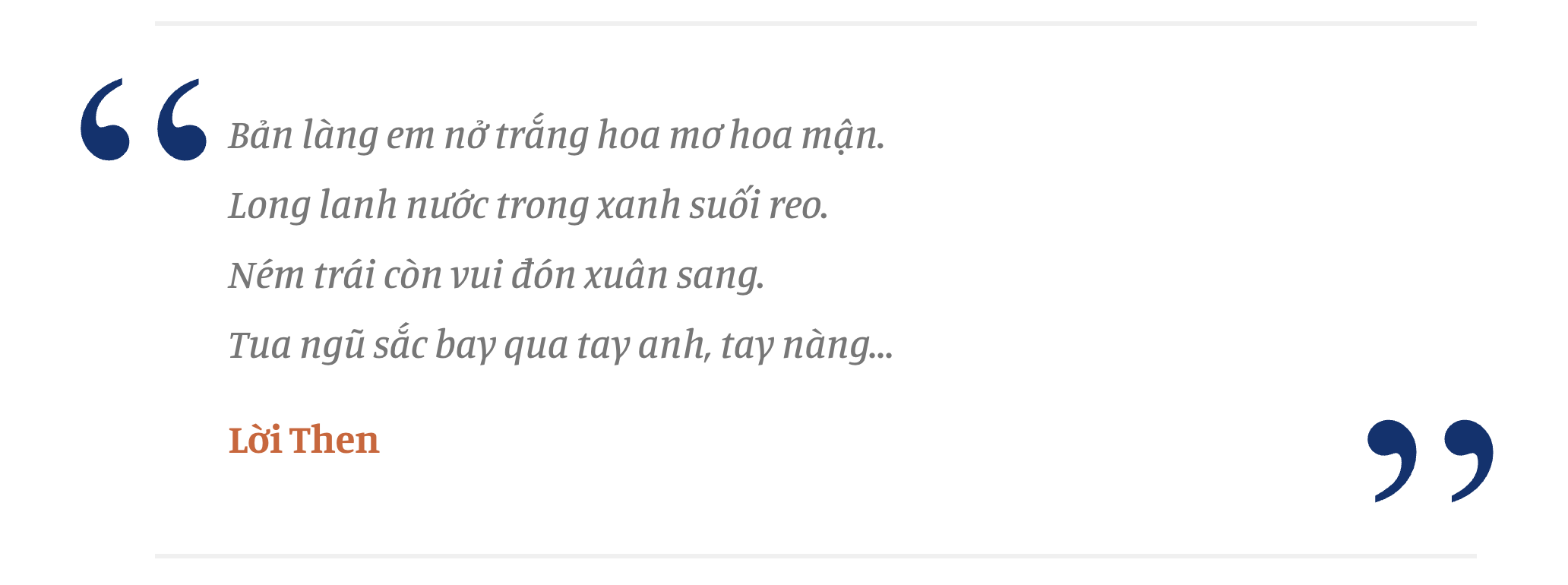
The Tay people consider the sound of the Tinh lute and Then verses as a bridge to bring people's wishes to heaven. The Tinh lute is the soul instrument in Tay folk art and dance. Then singing and the Tinh lute blend together to reflect and connect the feelings of the player and the listener.
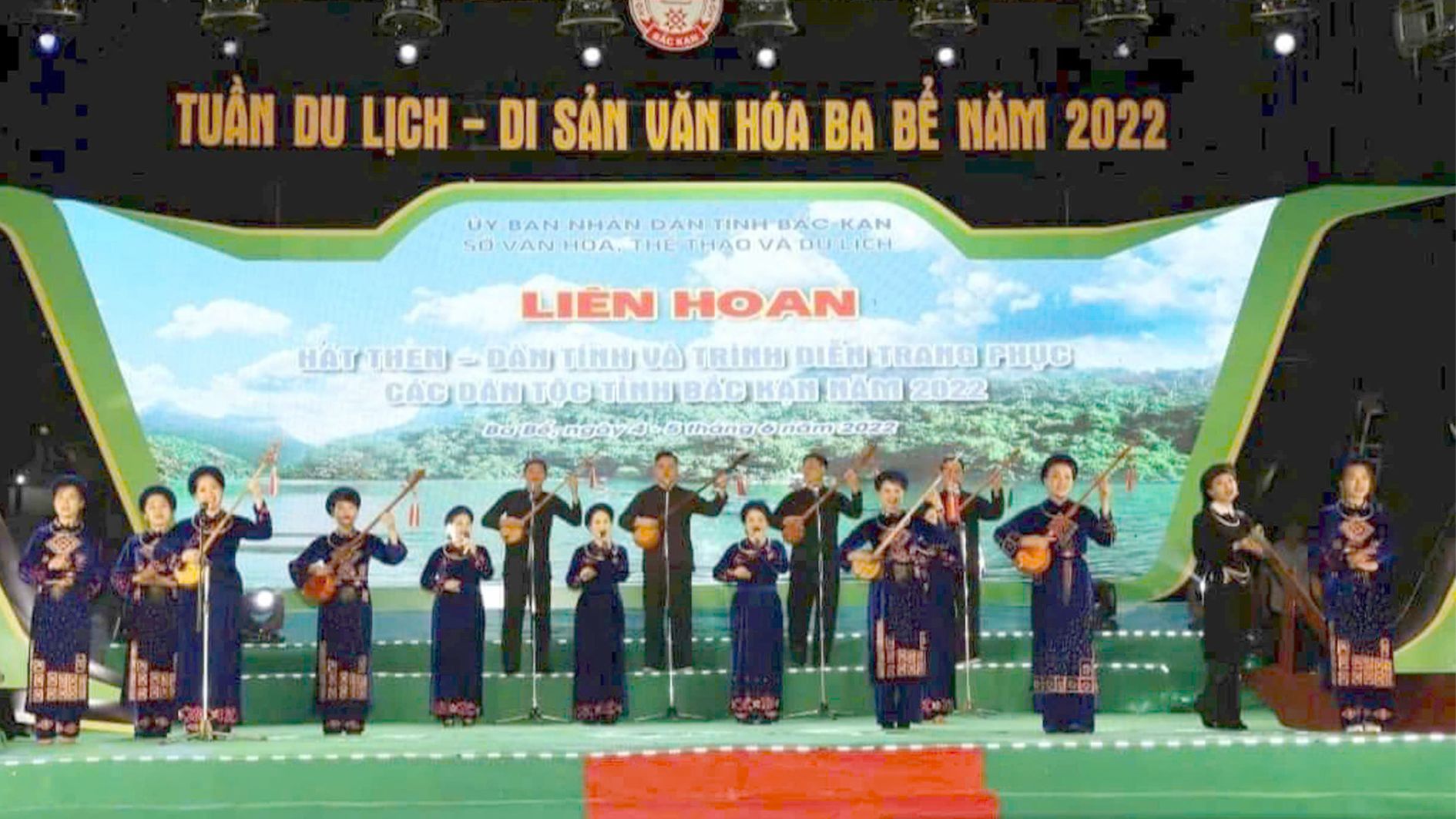
Start with a “push”
The story began nearly 10 years ago, in July 2015, the Ethnic Minority Women’s Participation and Voice Project (funded by the EU, implemented by CARE Vietnam and the Institute for Social , Economic and Environmental Studies (iSEE) in collaboration) encouraged ethnic minorities to be aware of and raise issues that exist in their communities to work together to solve them.
Research groups of Tay, Dao, and Mong women were trained in co-research methods and learned how to use cameras to tell the stories they saw and wanted to tell in their own villages. They raised issues that they found urgent: water pollution; household waste; children dropping out of school; building village meeting houses; livestock development; preserving ethnic culture: the Tay people's traditional Tinh and Then singing, the Dao people's harvest festival... They were also confident enough to present their research results at forums, to managers, and even to macro-level policy makers.
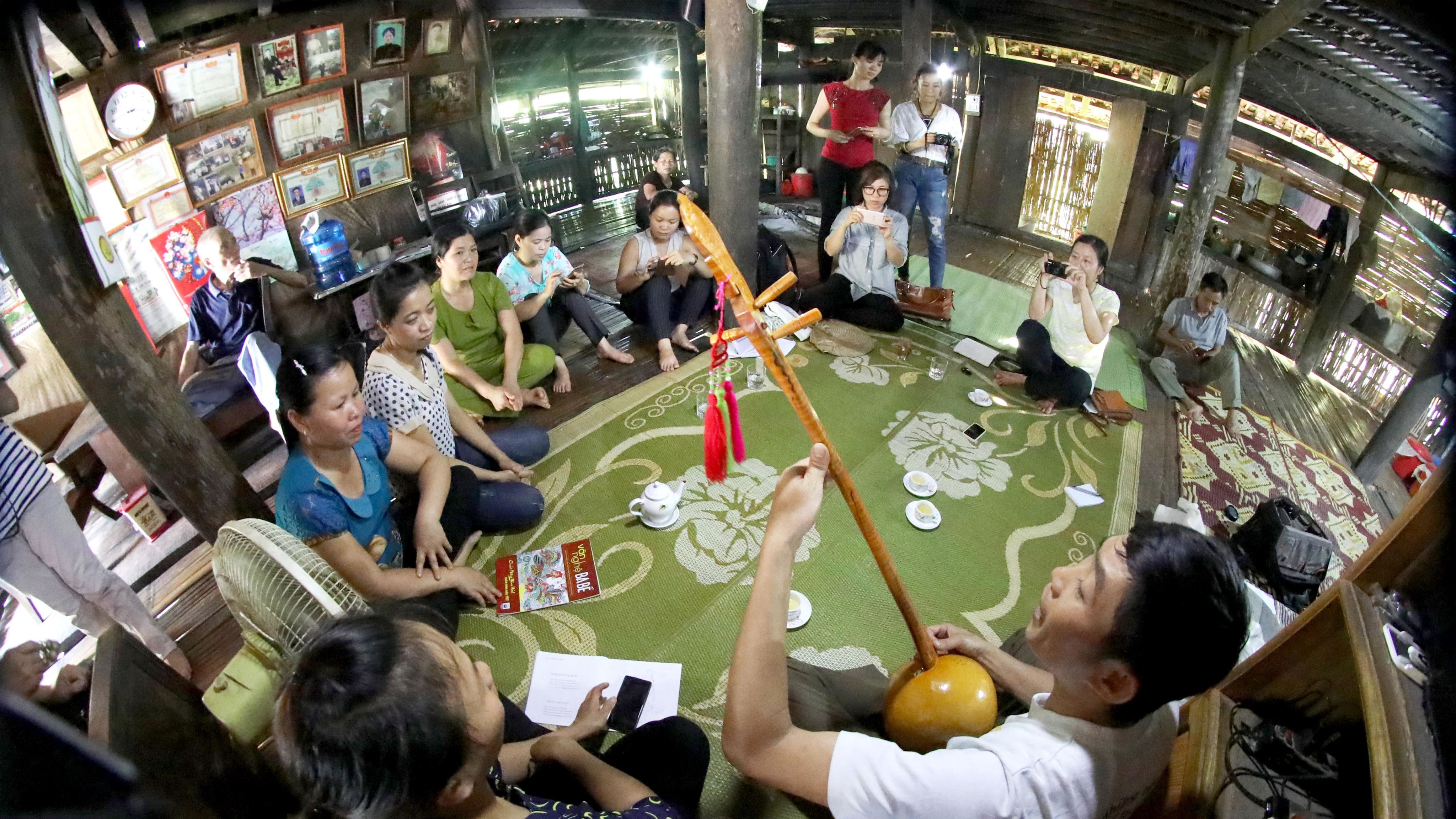
A Then practice session of the club members
The people of Ban Hon (Banh Trach commune, Ba Be district, Bac Kan) are one of the places participating in the Project with concerns and worries about the fact that children in the village currently do not know how to read Tay language, do not know how to play the Tinh lute, do not know how to sing Then... Mr. Ma Trung Truc, a Ban Hon person with heavy concerns for his homeland, established the Then Singing and Tinh lute Club in Ban Hon, starting from the question "How to preserve our ethnic identity". Initially, the Club consisted of 14 children and teenagers in the village.
Encouraged by the “push” from the Project, the Then and Tinh Club has been very active. Members practice playing instruments and singing together in their free time, and when they have a “chance”, they perform together even though they do not have enough musical equipment, and sometimes do not have any training... Although there is still a lack of material equipment, the spirit of traditional culture is affirmed with the consensus and voluntariness of everyone.

Ms. Chu Thi Boi, a Tay ethnic, head of the Co-research Group on Then and Tinh instruments in Ban Hon, said that the reason for choosing a unique feature of Tay culture to research and develop in practice was simply “to want the Tay people’s Then and Tinh instruments to be preserved and known by many people”. She also expressed her wish “to want Then and Tinh instruments to be preserved through a program with the support of the government”.
This way of thinking has been supported and accompanied by many people. Moreover, on December 12, 2019, “Then practice of the Tay, Nung, Thai people in Vietnam” was recognized by UNESCO as an Intangible Cultural Heritage of Humanity. This is a great pride for the Then practicing community in general and the Tay people in Ba Be in particular - including the Ban Hon Then Singing and Tinh Lute Club.
Ms. Chu Thi Boi has been a core and active member of the Club since its establishment. Currently, although she is quite busy as the Chairwoman of the Fatherland Front Committee of Banh Trach Commune, whenever she has the chance, she goes with the Club to exchange singing and Then dance at festivals and performances not only in Bac Kan but also in many other localities. The Club also performs for many tourist groups coming to Bac Kan, visiting Ba Be Lake...
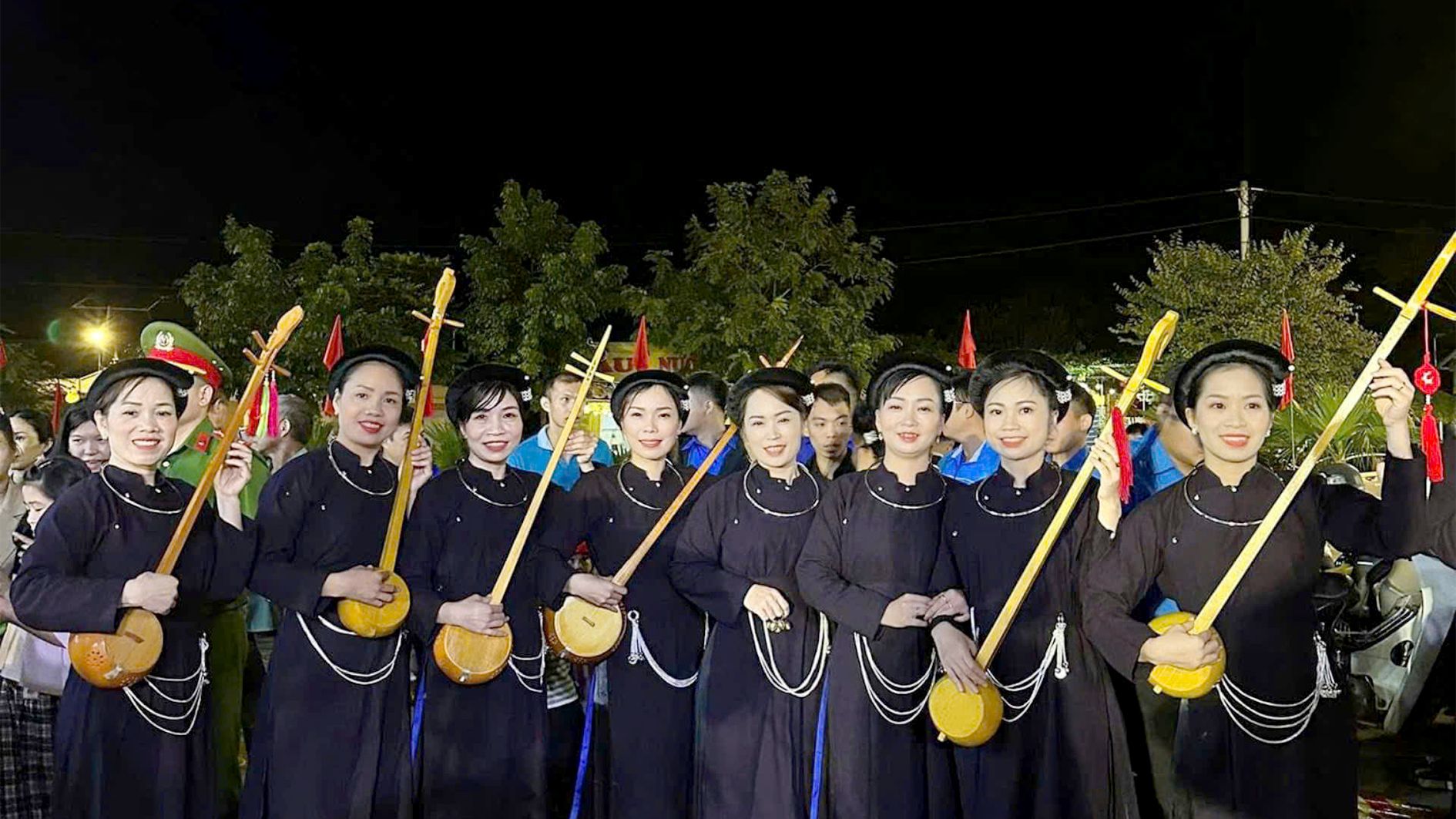
There are more young people studying Then singing.
Just like that, the good news spread far and wide, and the Ban Hon Then Singing and Tinh Lute Club gradually became famous throughout the region. The club also expanded, from 14 original members, to 24 now. What is even more gratifying is that the new members are all teenagers who love Then melodies, Tinh Lute, and want to introduce their ethnic culture.

Chairman of Then Club Ma Trung Truc
Under the enthusiastic guidance of Director Ma Trung Truc, everyone passed around the practice of ancient Then poems about the love between men and women, about the scenery and customs of the village, about the peaceful life of production and labor, about the wish for a good harvest, for buffaloes, cows, chickens, and pigs to multiply...
The club also practiced many Then songs with new lyrics about a new life of happiness and freedom:
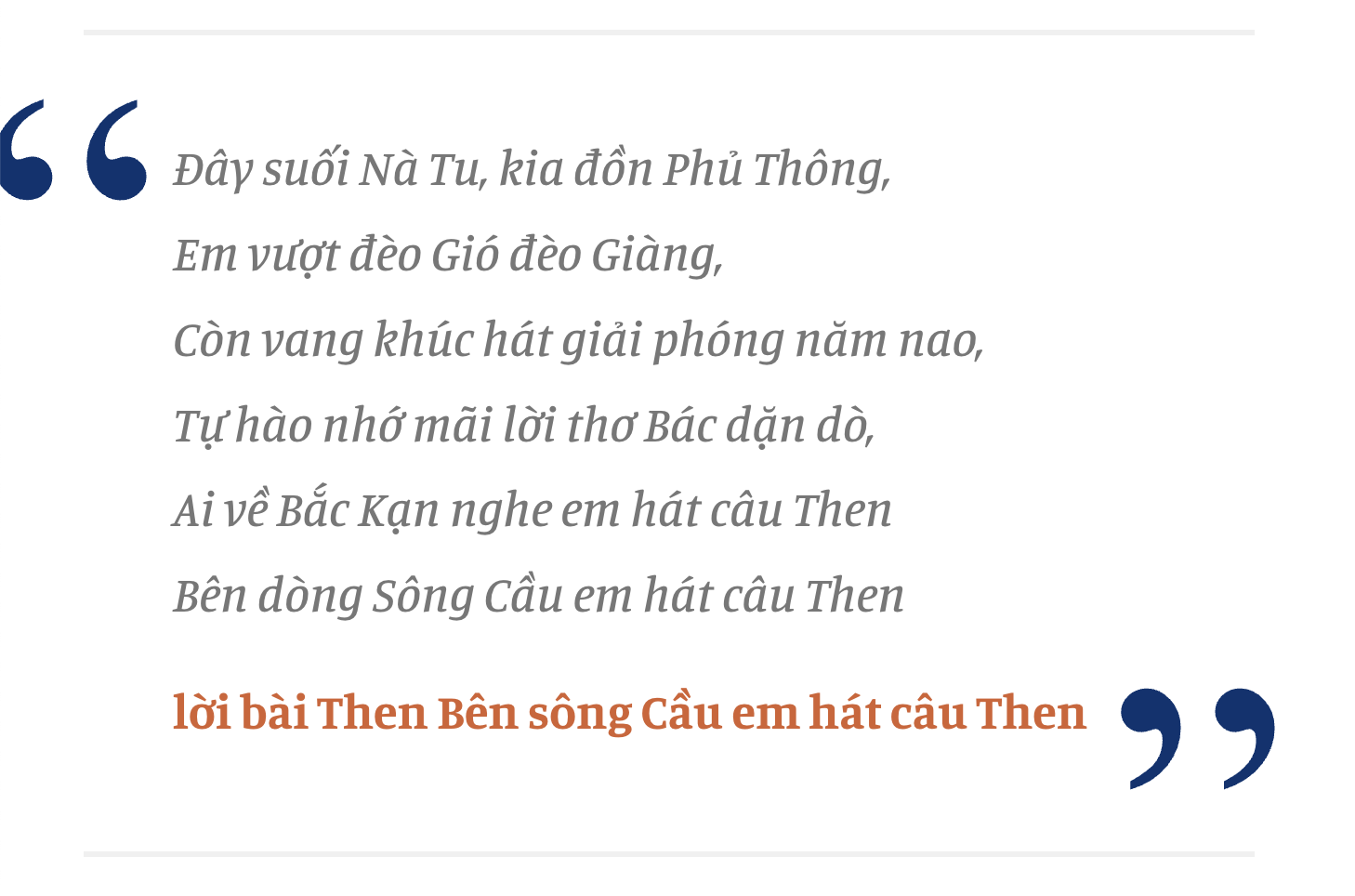
This shows the future of continued transmission of an intangible cultural heritage recognized by UNESCO in the Tay Ba Be region.
Mr. Ma Trung Truc is also a collector of Then songs to teach to the children in the club. He is also an artisan who makes Tinh lutes for the members of the club. His "factory" at home also makes Tinh lutes for many other places and serves orders from far away. Each Tinh lute made is the heart and soul of the artisan, and it is also where they entrust their soul and love for their nation. The Tinh lutes also show the talent, passion, and pride of the artisans for their village and their homeland's mountains and forests.
Small community conveys big message
The story of the Ban Hon Then Singing and Tinh Lute Club has opened up new approaches to many seemingly “old” stories. The Ban Hon Then Singing and Tinh Lute Club is also a low-cost model of mass cultural development decided by the community. In the Ban Hon Then Singing and Tinh Lute Club, there are also children of the next generation playing and singing with their elders, raising the hope that the cultural heritage will be passed on for a long time.
In Ban Hon, the good news is that local authorities at all levels have recognized and supported the efforts of the community. Caring for and respecting the opinions and aspirations of the community makes the meaning of enhancing the capacity and voice of those involved in the ethnic minority groups, especially ethnic women, stronger and more practical. These things not only have the meaning of economic development and livelihoods for the mountainous ethnic minority areas but also have many other broader meanings in terms of ethnic policies, cultural diversity, and a future of development with strong identity and sustainability.
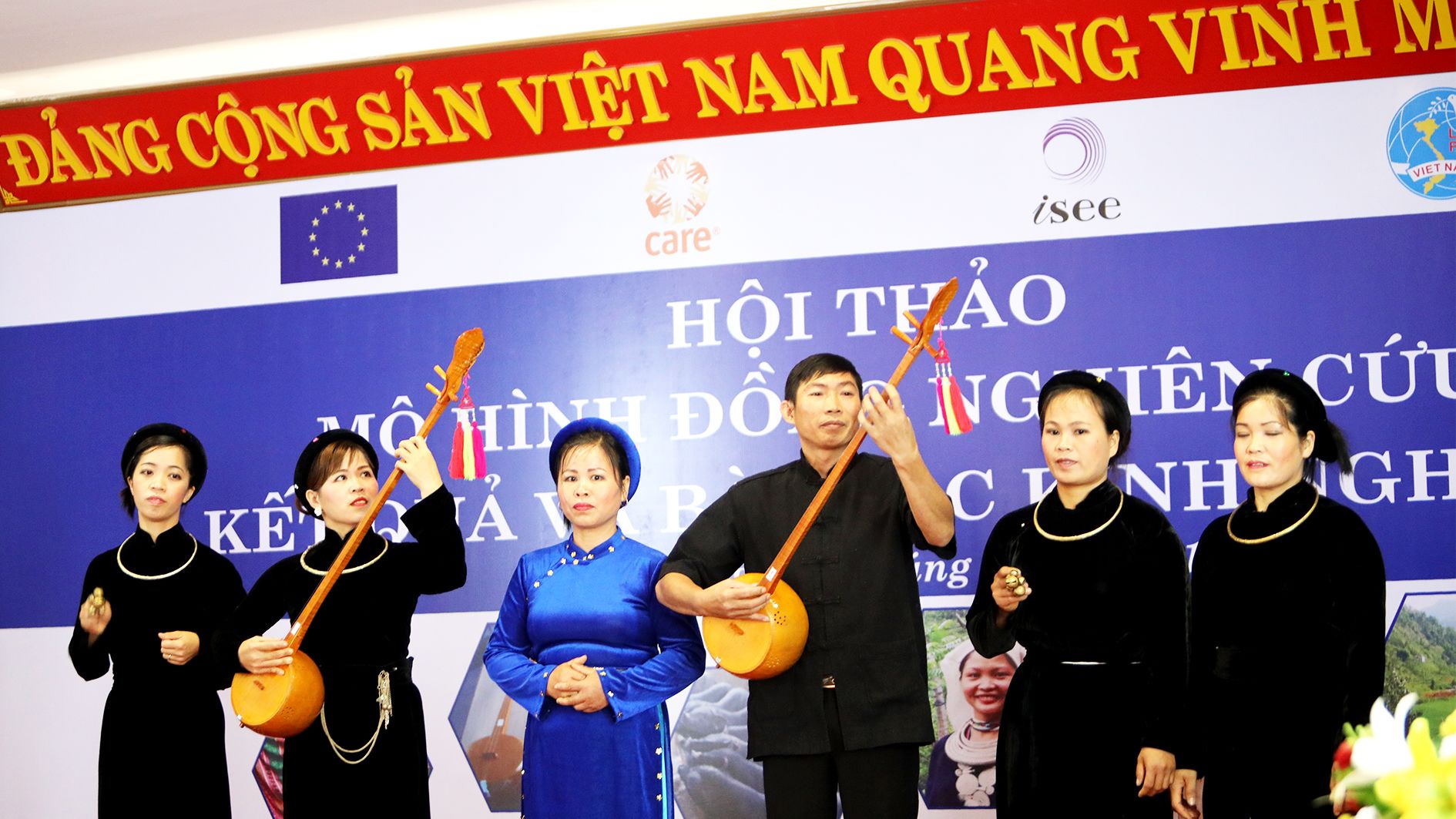
Also through the activities of the “bright spot” Ban Hon Then Singing and Tinh Lute Club, it can be seen that the principles of preserving intangible cultural heritage according to the recommendations of UNESCO, the Law on Cultural Heritage, and experts have been respected and well implemented. The Then singing and Tinh lute sounds of the children are the clearest evidence: “Heritage practice” is the most important activity for intangible cultural heritage and is carried out by the community that owns that heritage. Only through “practice”, can the heritage (self) prove its vitality, be transmitted and transformed, developed, and from there can it be listed. Through “heritage practice”, the subject community maintains the continuity of intangible cultural heritage according to the nature and necessary functions of the heritage.
The Then and Tinh Club, with the belief of its members, has been actively and persistently protecting, practicing and teaching its cultural heritage, and this is also an affirmation/illustration of the principle established by researchers: Intangible cultural heritage belongs entirely to communities, it is the “property” of communities. It is also a testament to the spirit of the 2003 UNESCO Convention: “Communities decide on their cultural practices and that right must be respected”. The community practicing Then heritage in Ban Hon, although small in scale, has conveyed a message about a major cultural issue.
Implementing organization: MINH DONG Content: VUONG ANH - TUYET LOAN Photo: VUONG ANH, babe.gov.vn Presentation: TUYET LOAN
Nhandan.vn
Source: https://special.nhandan.vn/ban-hon-giu-gin-di-san-hat-then-dan-tinh/index.html








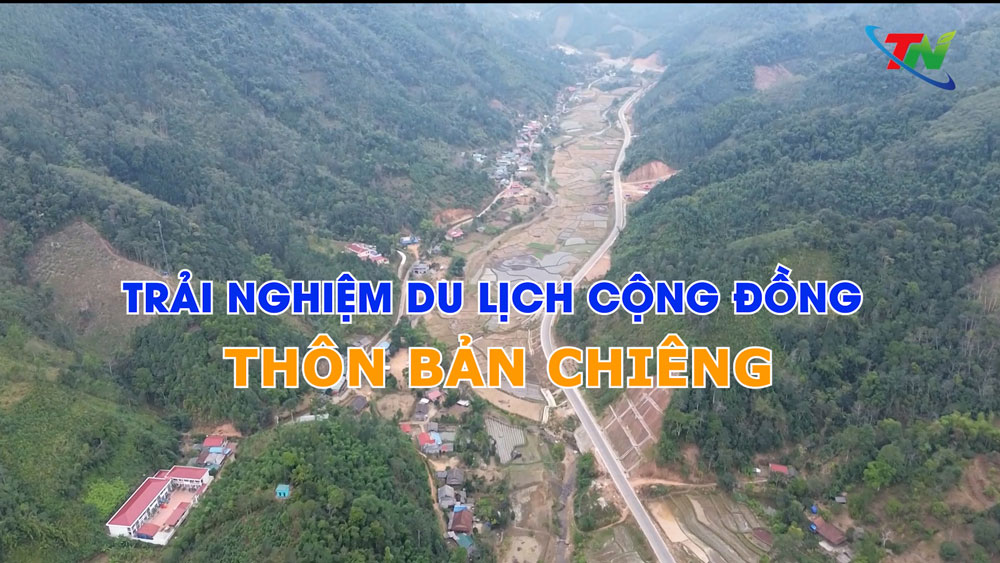

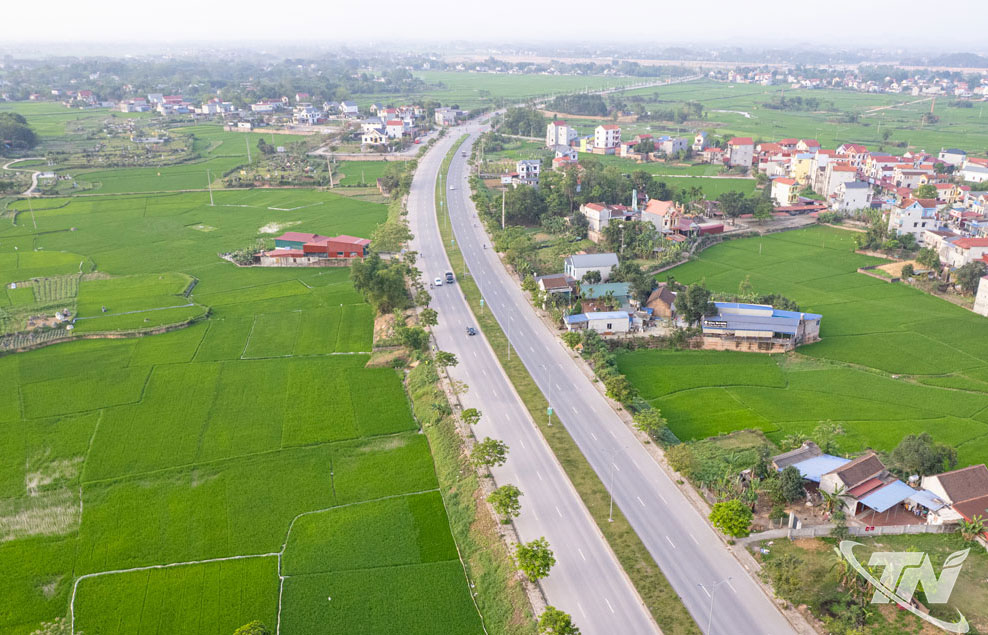
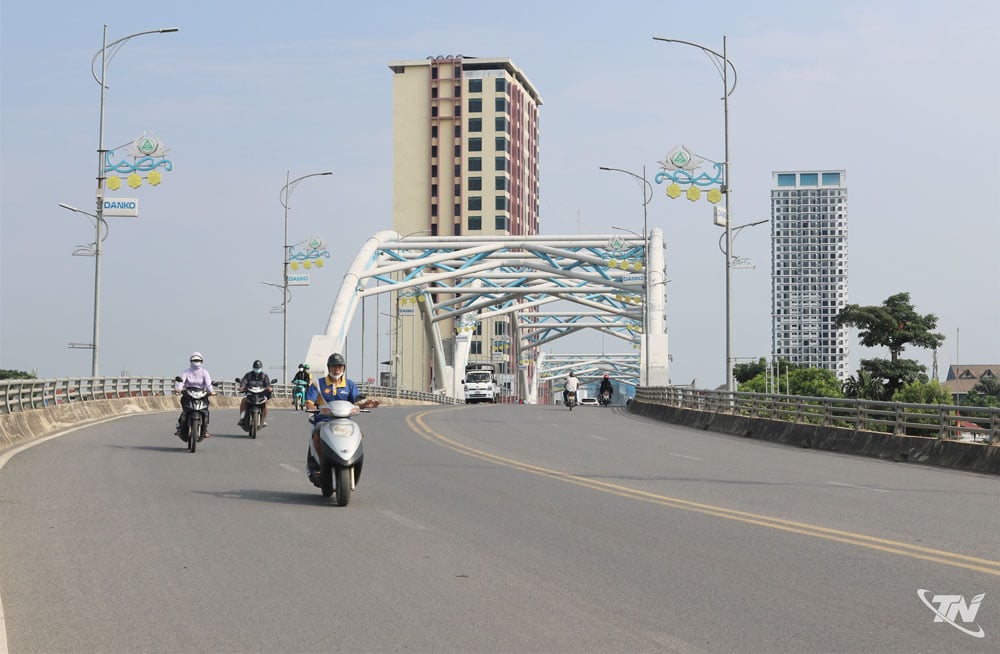
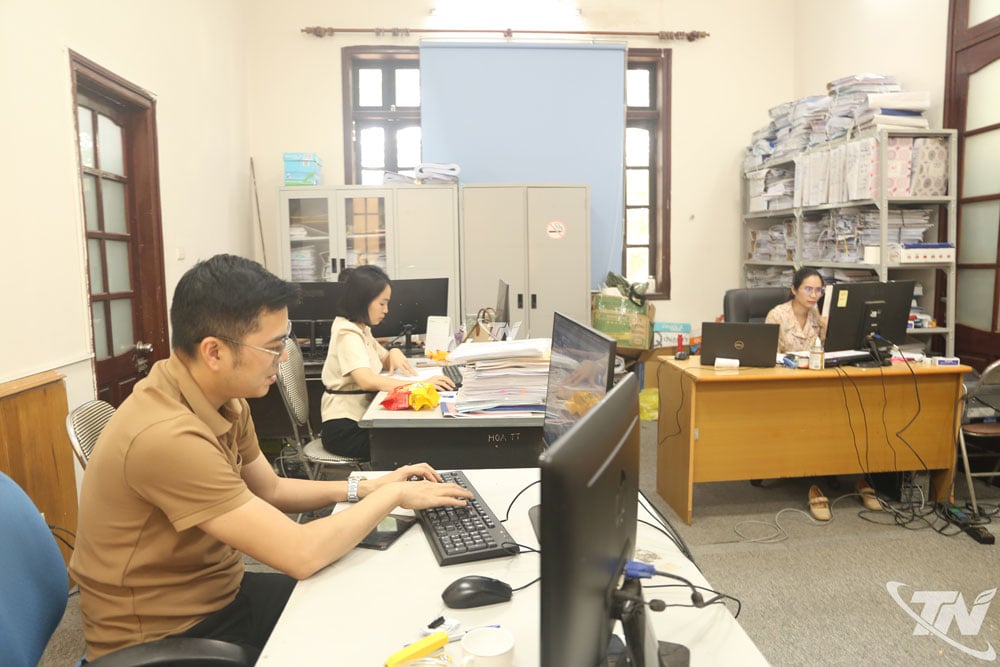
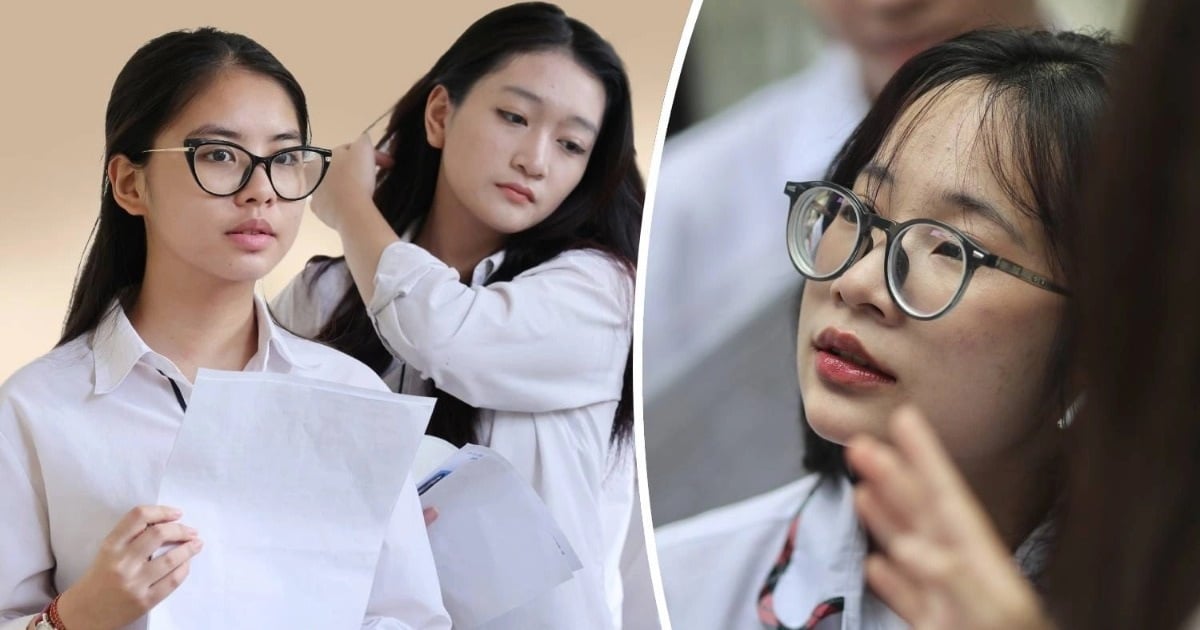

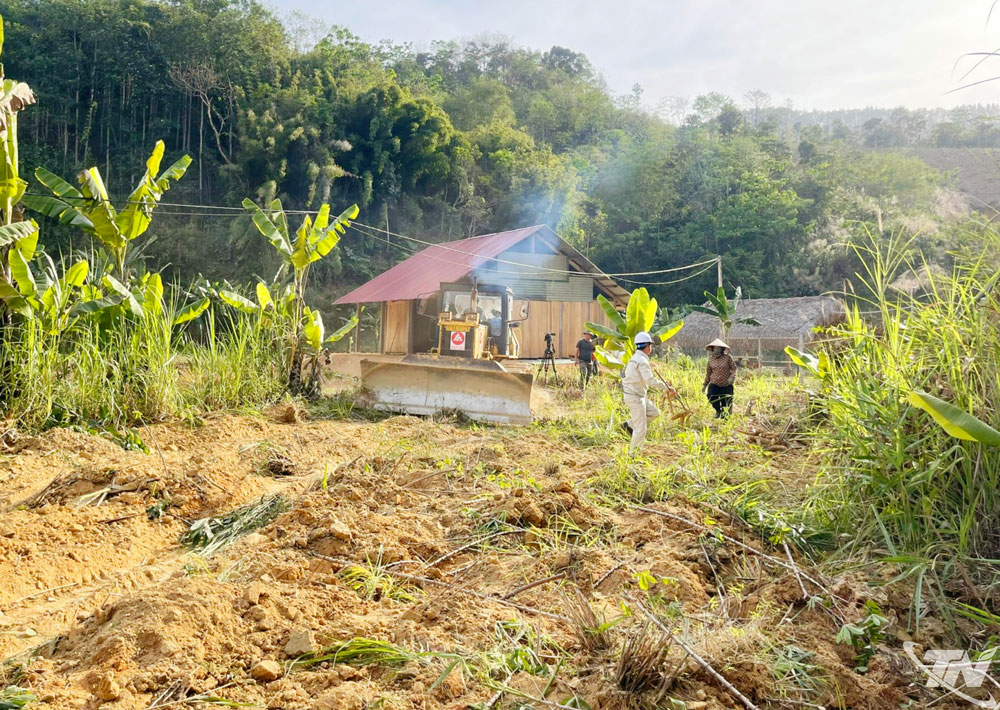


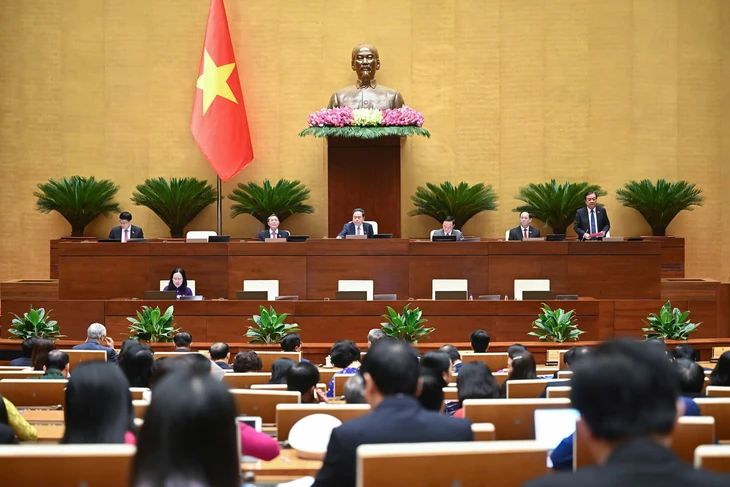

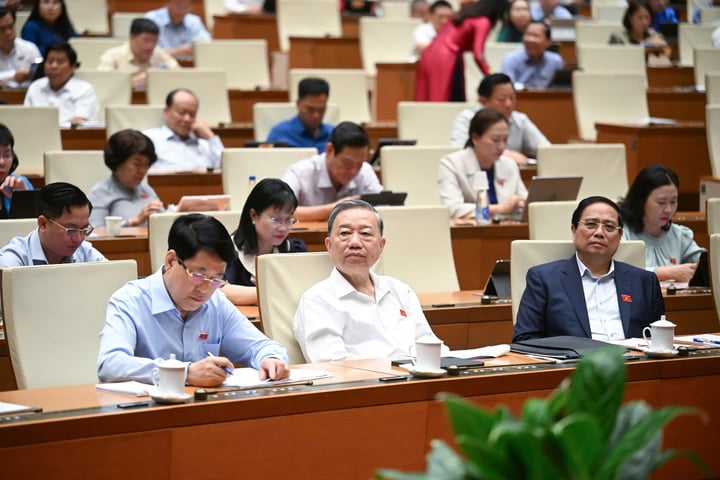

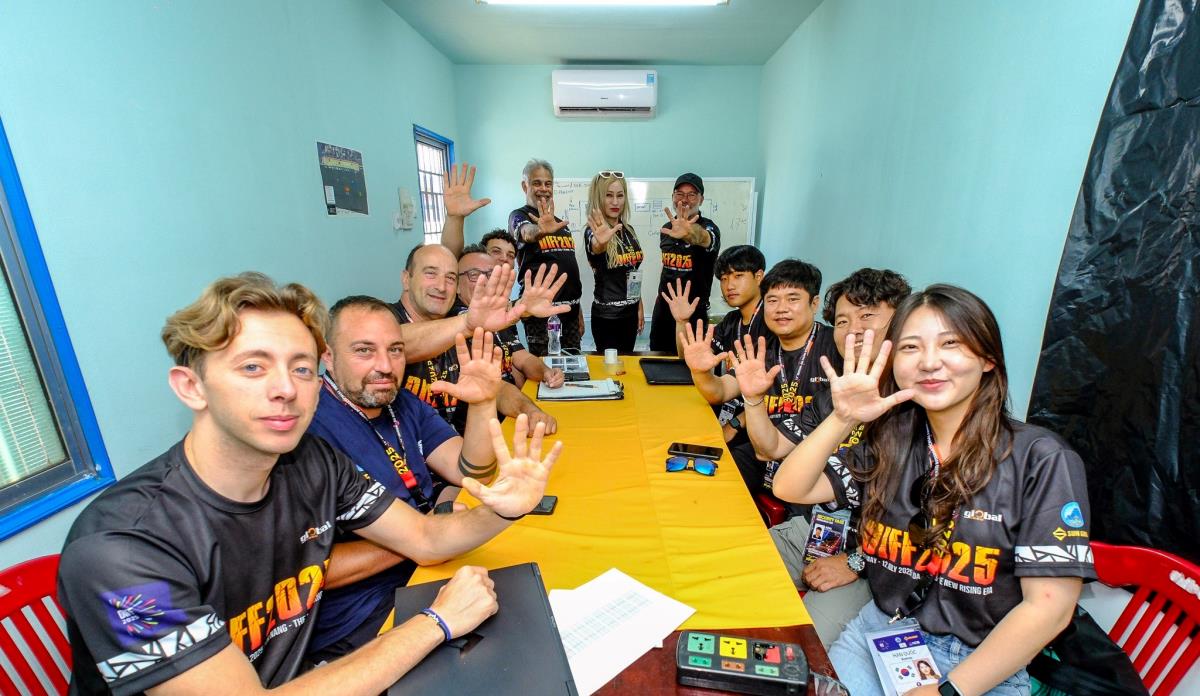
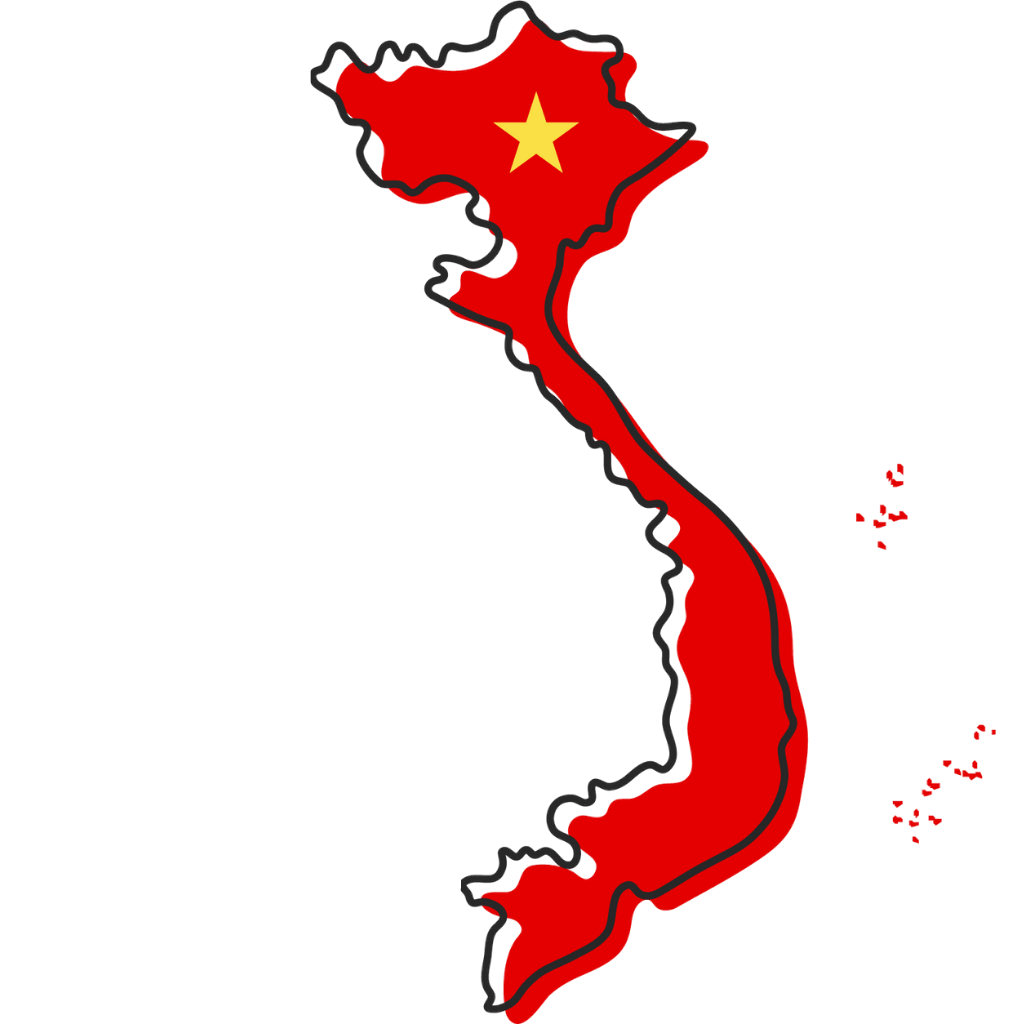
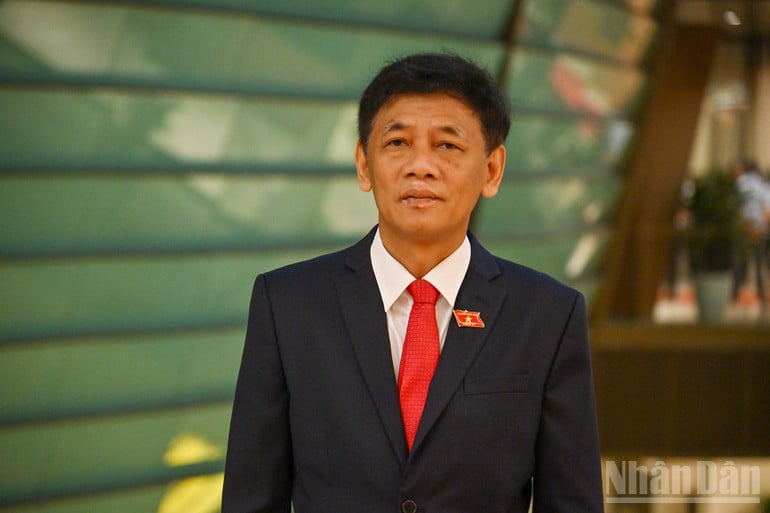
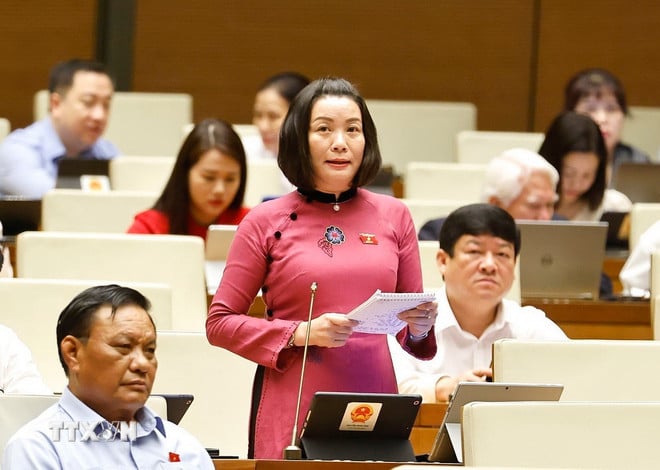


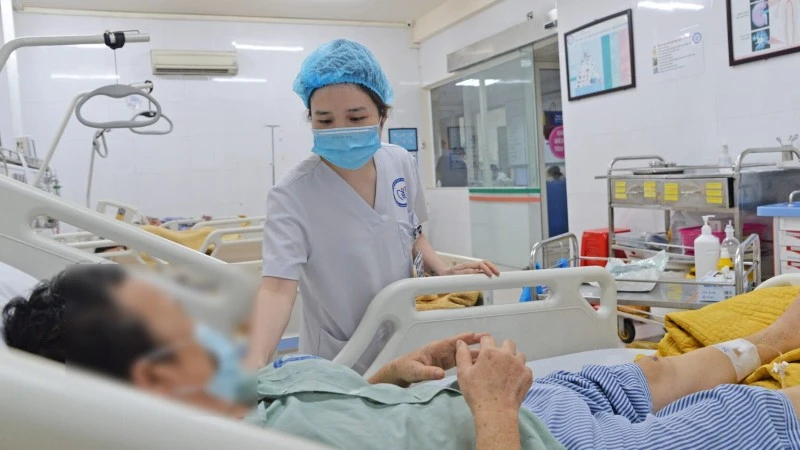
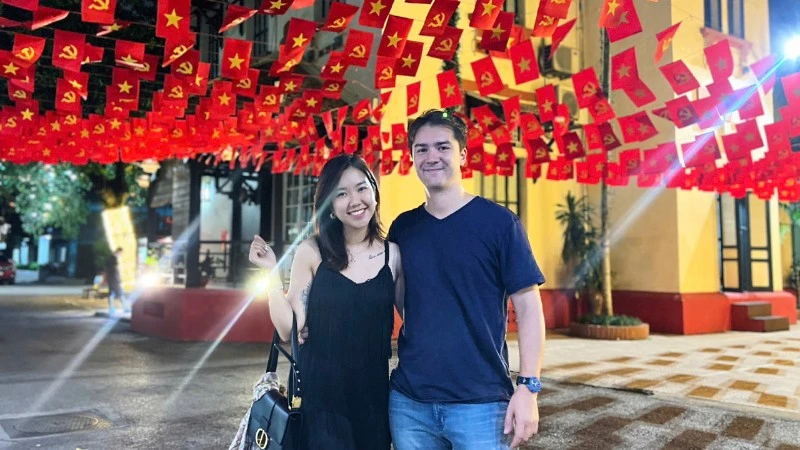
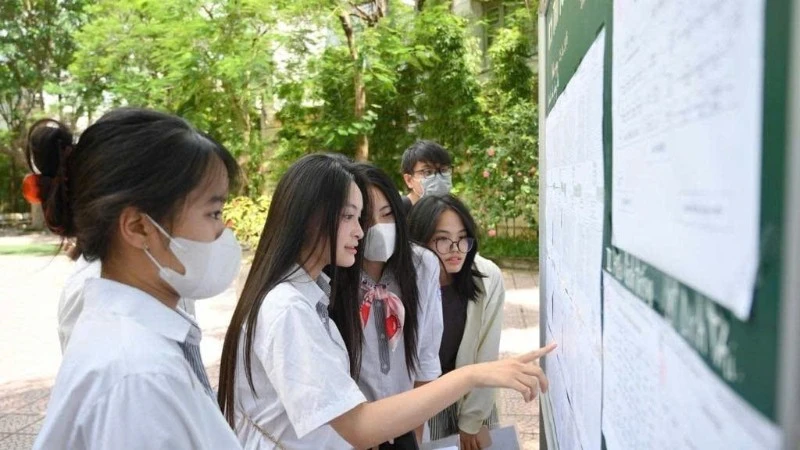

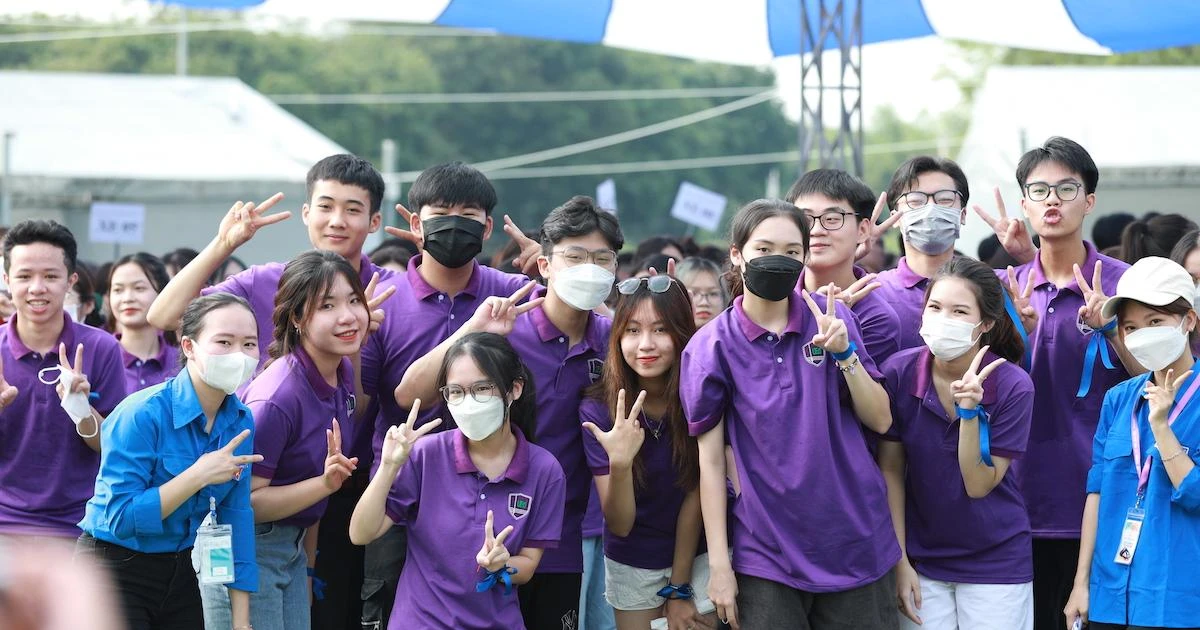
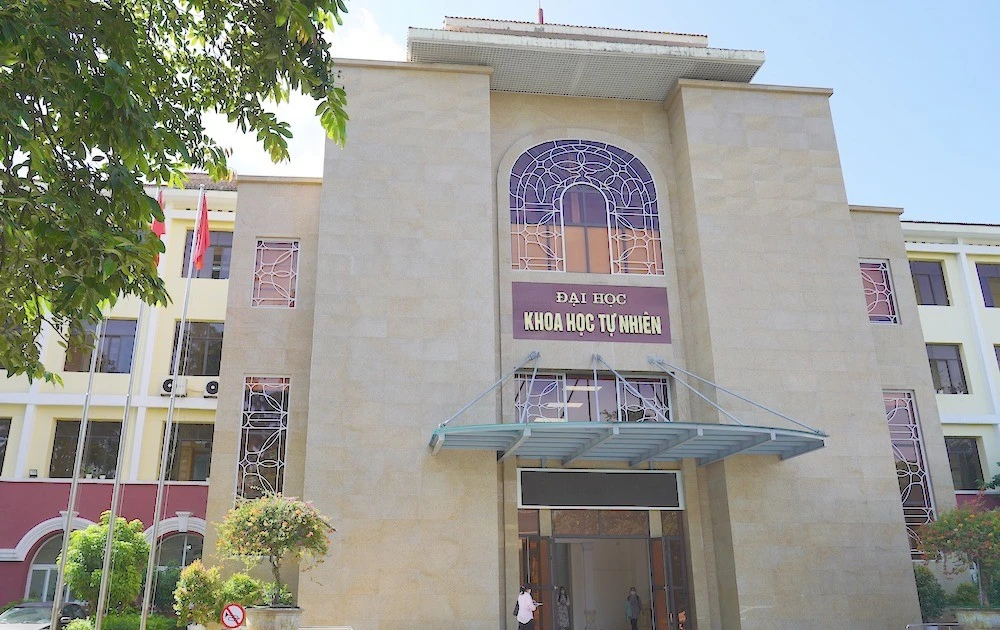
![[Photo] President Luong Cuong attends special political-artistic television show "Golden Opportunity"](https://vstatic.vietnam.vn/vietnam/resource/IMAGE/2025/8/22/44ca13c28fa7476796f9aa3618ff74c4)



























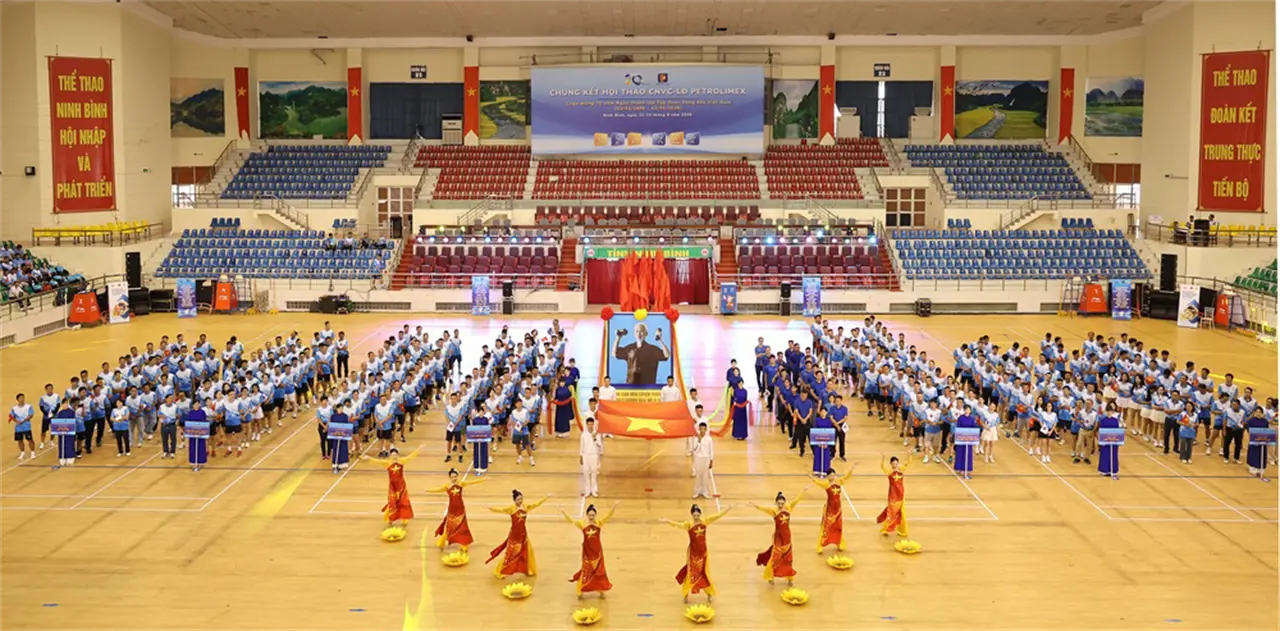




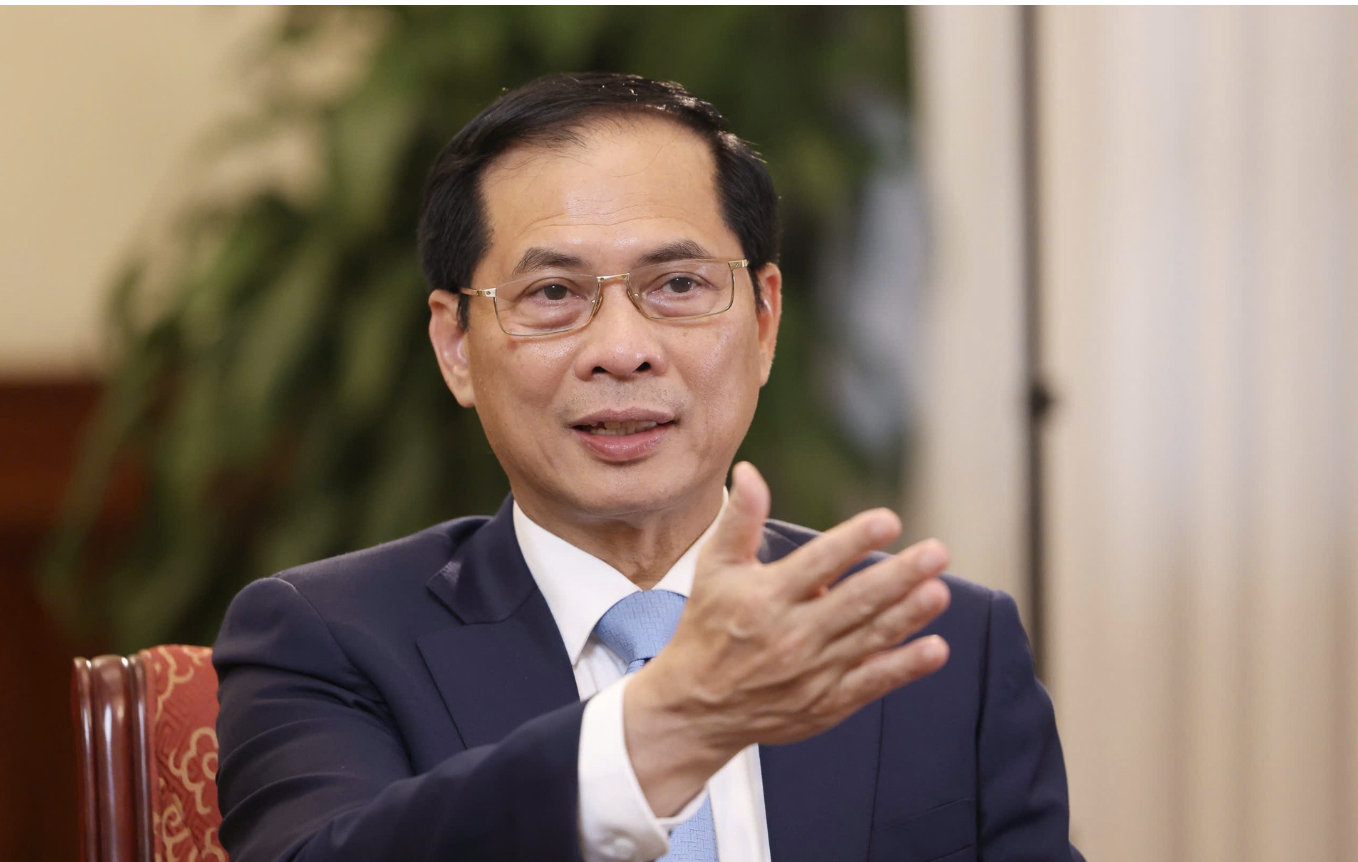

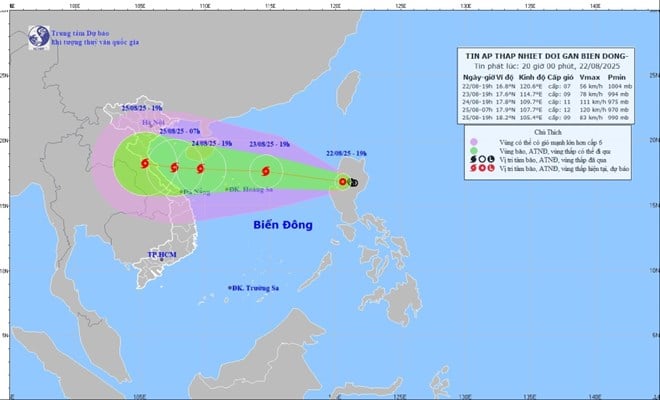

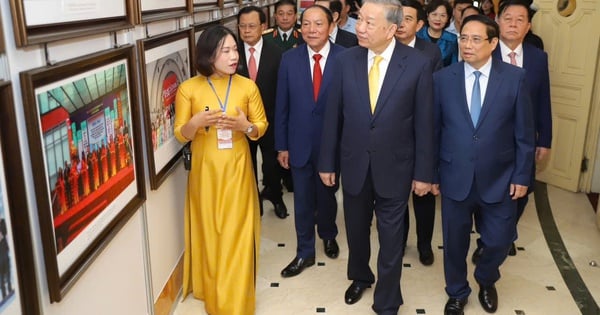

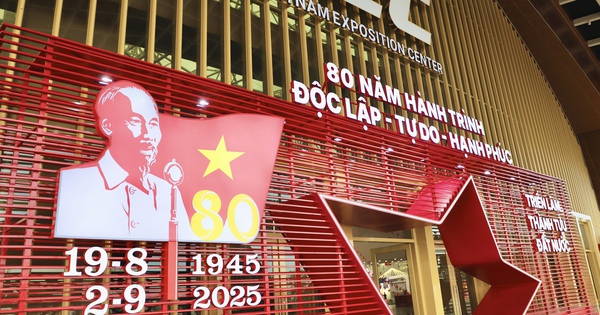
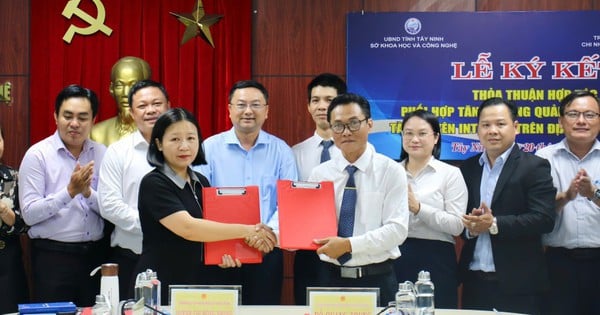


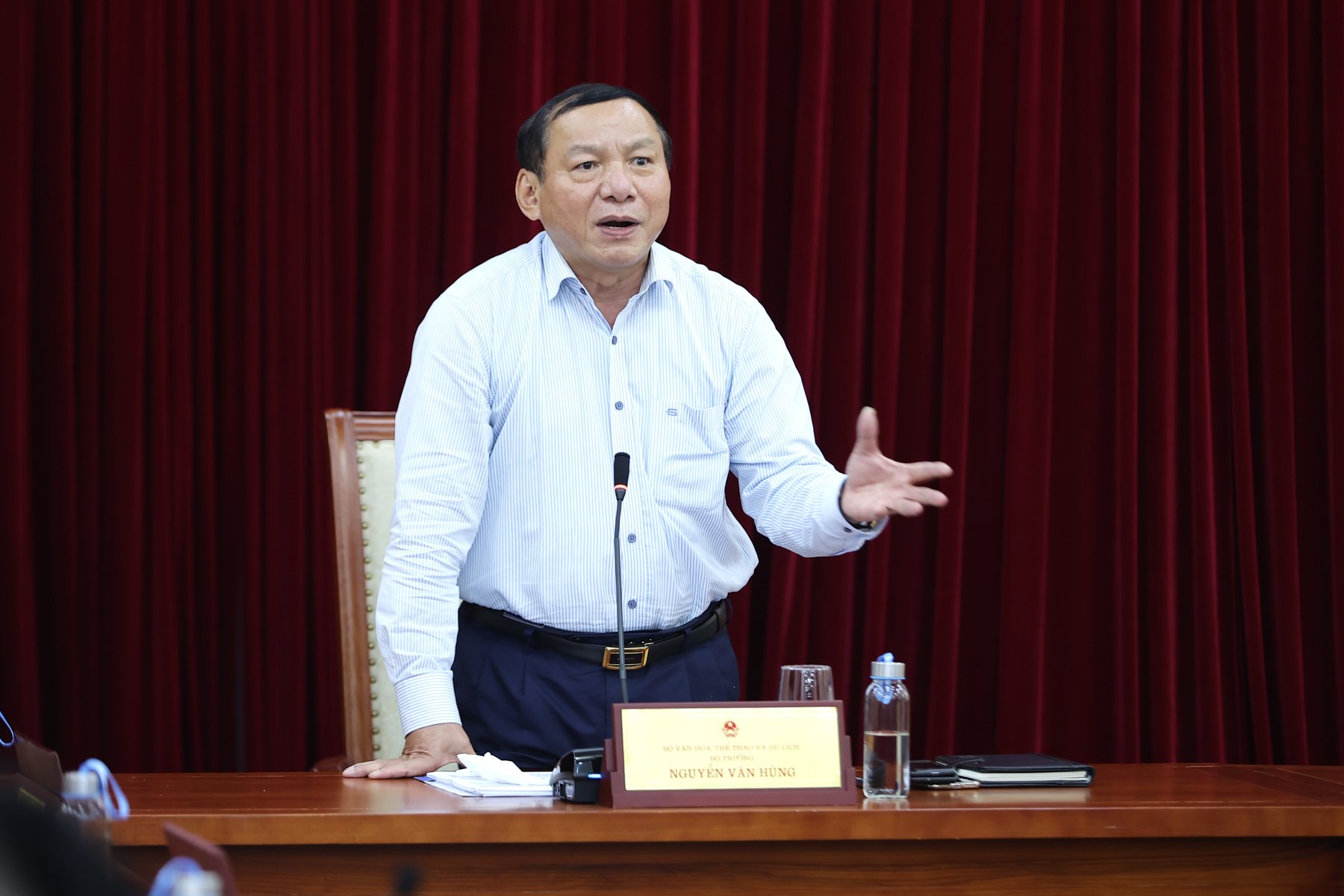
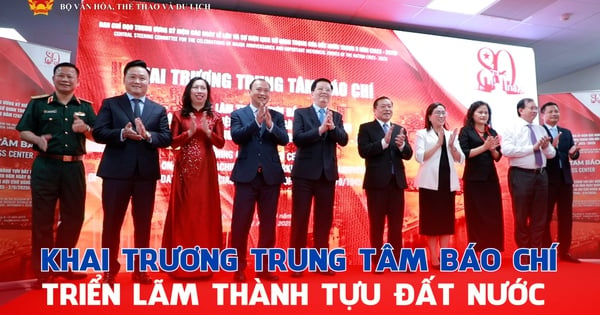
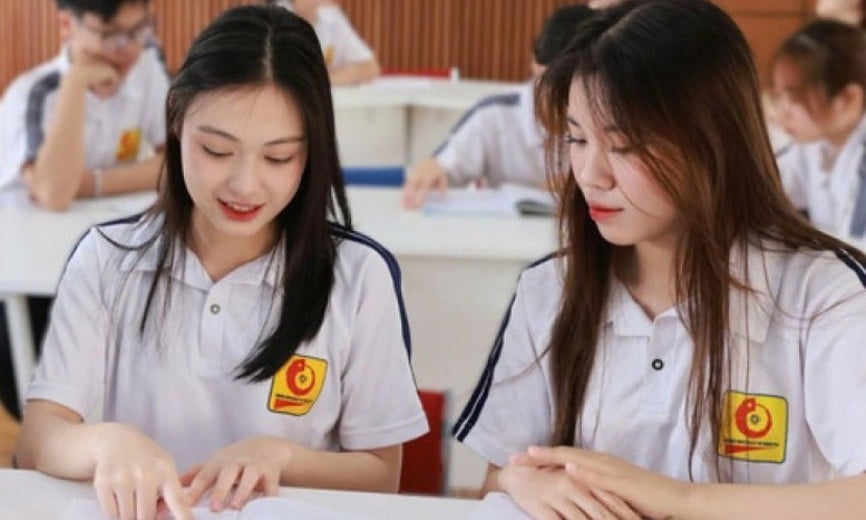


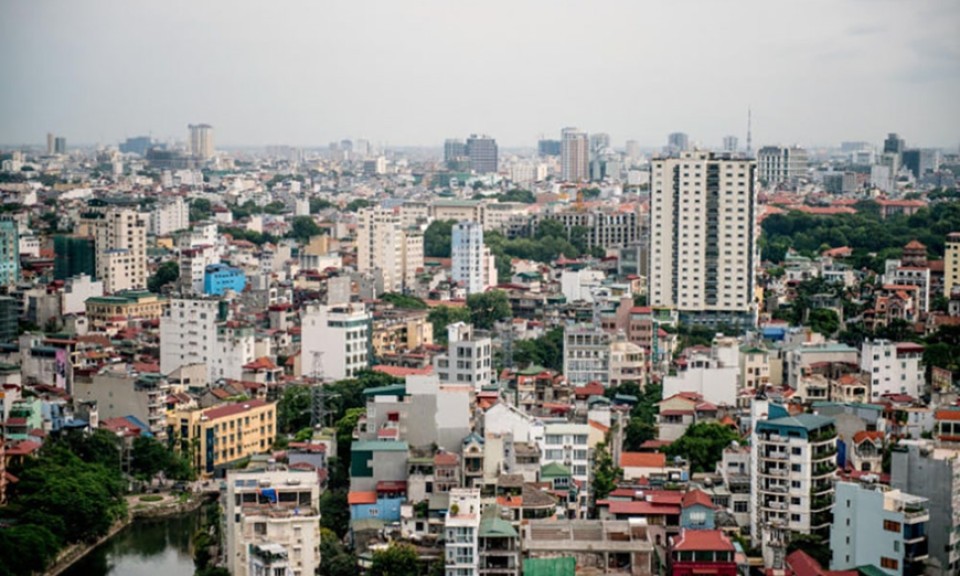
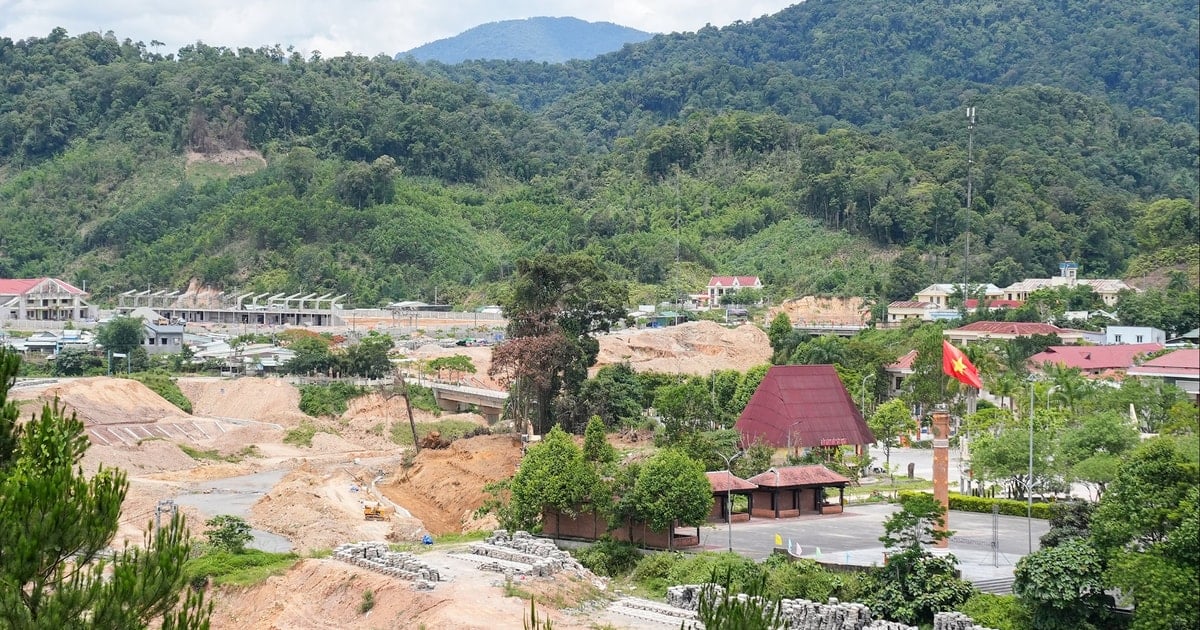

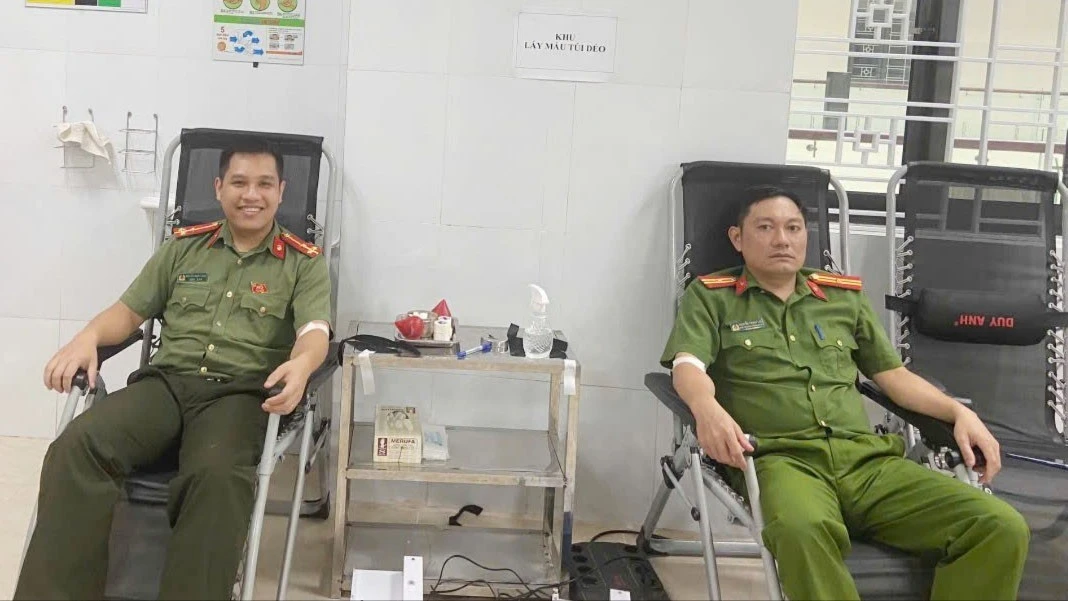

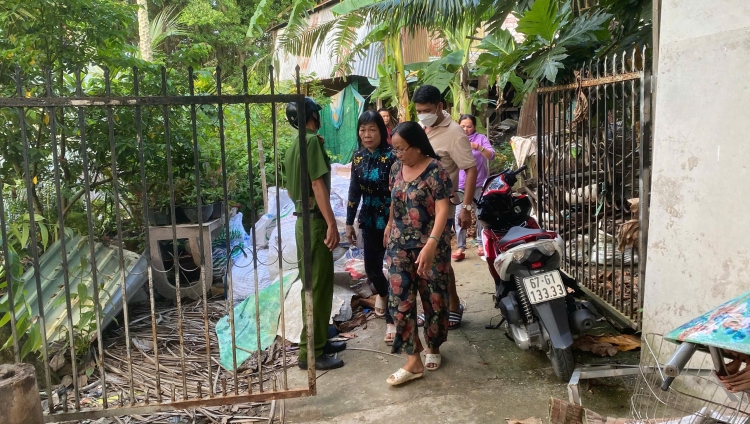

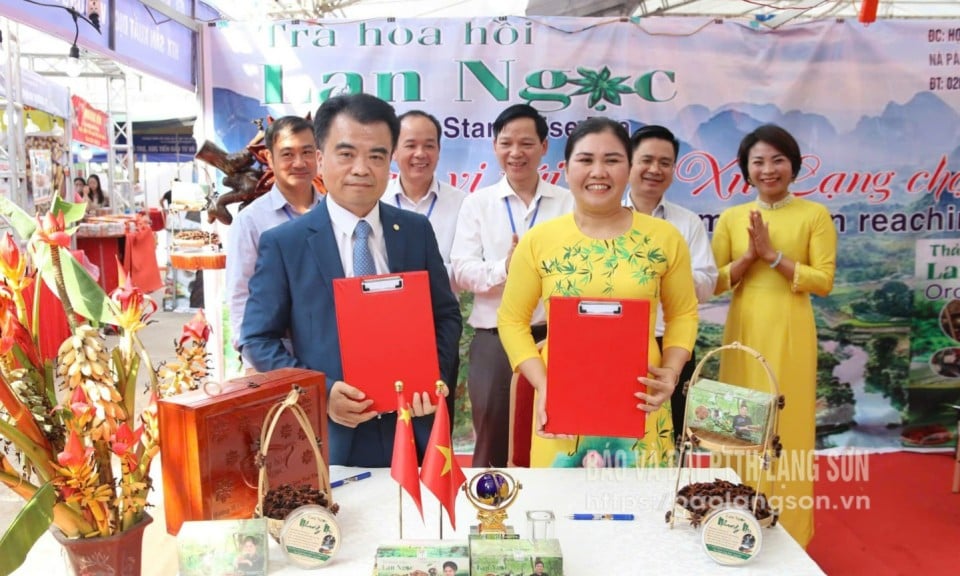
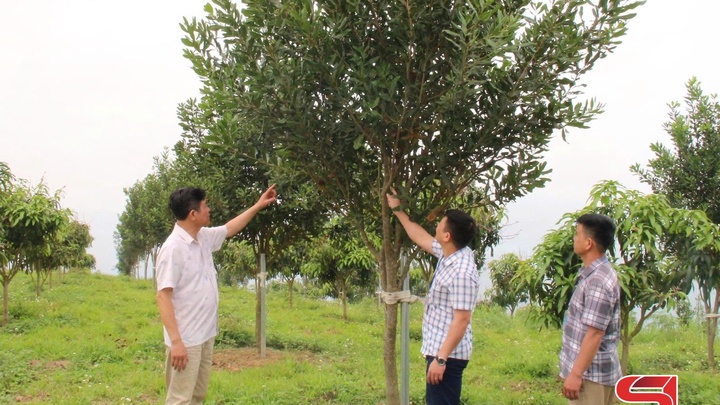

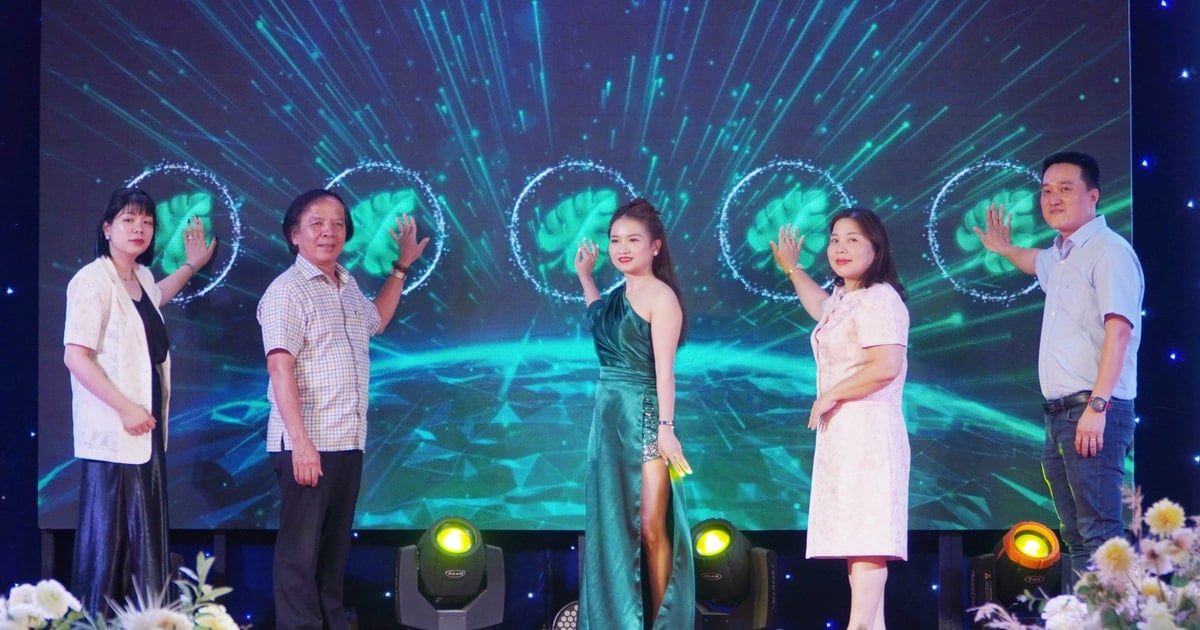










Comment (0)